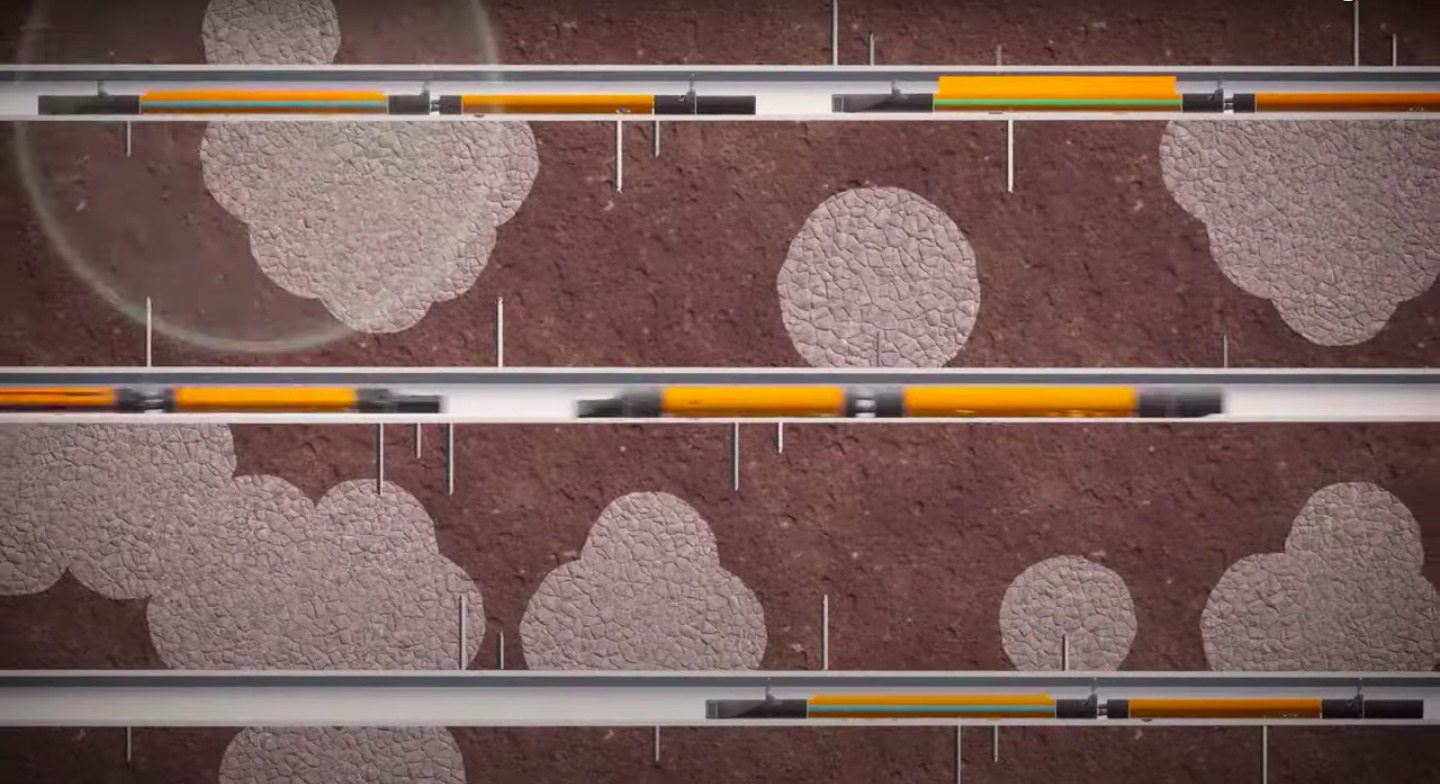
Tunnelling and underground construction technology start-up HyperTunnel has secured government funding to demonstrate its swarm construction technique by building an underpass.
HyperTunnel will use the Department for Business and Trade funding to build an underpass at the Global Centre of Rail Excellence’s (GCRE) Dulais Valley site in south Wales.
The underpass – a 20m-long pedestrian-sized tunnel under GCRE’s test track – will demonstrate the swarm construction technique devised by HyperTunnel. The technique uses AI, digital surveying and swarm robotics to effectively 3D print a structure in the ground before any excavation takes place.
According to the start-up, the result is designed to be an underground construction project that is faster and less expensive to deliver. It also carries less risk, less disruption, less waste and has a lower carbon footprint than current cut-and-cover construction techniques, HyperTunnel claims.
The project aims to provide an economically viable alternative to hazardous level crossings, while improving safety, increasing rail capacity and avoiding inconvenience to road and rail users. The track above the underpass will remain open throughout the construction process.
Currently under construction in south Wales, GCRE is intended to be a world-class facility for rail research, testing and certification of rolling stock, infrastructure and new technologies.
Accelerated test conditions
HyperTunnel co-founder Steve Jordan said: “Having spent many hundreds of hours developing our robot fleet in the lab in Basingstoke, the system is now ripe for being proven on a real site, in accelerated test conditions, and which can be visited by interested parties.
The GCRE facility is going to be a huge opportunity for us and we can’t wait to get started and to present a feasible technological solution to the longstanding level-crossing issue.”
Last year, HyperTunnel received backing from the European Innovation Council Accelerator scheme and Vinci. It also secured an R&D contract with Network Rail for its technology to be tested for the low-disruption maintenance and improvement of the UK’s regional railway infrastructure (including approximately 650 Victorian tunnels).
Don’t miss out on BIM and digital construction news: sign up to receive the BIMplus newsletter.











